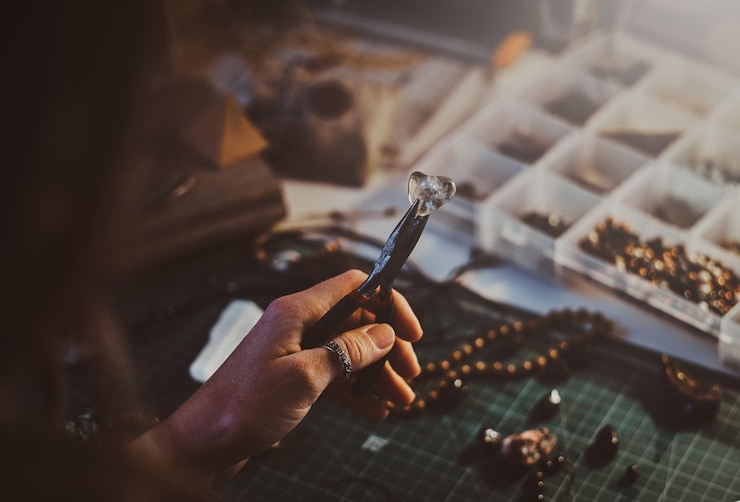Unraveling the Mystique of Blood Diamonds
In the realm of diamonds, the term “blood diamonds” often triggers a sense of intrigue, coupled with a tinge of apprehension. Blood diamonds, also known as conflict diamonds, have been synonymous with controversy and ethical concerns within the diamond industry for decades. But what exactly are they, and why do they evoke such strong emotions?
Understanding Blood Diamonds
What are blood diamonds? Blood diamonds are diamonds that are mined in war zones, typically in African countries where the proceeds from their sale are used to fund armed conflict against governments. These diamonds are often extracted under brutal conditions, with little regard for human rights or environmental preservation. The term “blood” refers to the bloodshed and suffering associated with their extraction and trade.
The Human Cost
The human cost of blood diamonds cannot be overstated. Miners, many of whom are forced laborers or children, toil in hazardous conditions, risking their lives for meager wages. Moreover, the revenue generated from the sale of these diamonds often fuels violence and perpetuates conflicts, leading to widespread displacement, suffering, and loss of life among innocent civilians.
The Emergence of Lab Diamonds: Ethical Alternatives
In recent years, the diamond industry has witnessed a transformative shift with the emergence of lab-grown diamonds as a viable alternative to blood diamonds. These diamonds, also known as synthetic or cultured diamonds, are created in controlled laboratory environments using advanced technological processes that mimic the natural diamond formation process.
How Lab Diamonds are Created
Lab diamonds are crafted using one of two primary methods: High Pressure High Temperature (HPHT) or Chemical Vapor Deposition (CVD). In the HPHT method, a small diamond seed is placed in a high-pressure, high-temperature environment, allowing carbon atoms to bond and form a larger diamond crystal. In the CVD method, a diamond seed is exposed to a carbon-rich gas, causing the carbon atoms to accumulate and crystallize, gradually forming a diamond.
Advantages of Lab Diamonds
Ethical Considerations
One of the most significant advantages of lab-grown diamonds is their ethical pedigree. Unlike blood diamonds, which are associated with human rights abuses and environmental degradation, lab diamonds are ethically sourced and environmentally sustainable. By opting for lab-grown diamonds, consumers can support ethical practices and contribute to positive social change within the diamond industry.
Environmental Impact
In addition to their ethical advantages, lab-grown diamonds also boast a significantly lower environmental footprint compared to mined diamonds. The process of diamond mining is notoriously resource-intensive and environmentally destructive, often resulting in deforestation, soil erosion, and habitat destruction. Lab-grown diamonds, on the other hand, require minimal land disruption and have a reduced impact on ecosystems, making them a more environmentally responsible choice.
Quality and Value
Contrary to common misconceptions, lab-grown diamonds are virtually indistinguishable from natural diamonds in terms of quality, appearance, and durability. Lab diamonds exhibit the same chemical composition and physical properties as their mined counterparts, offering consumers a comparable level of brilliance, clarity, and longevity at a fraction of the cost. Moreover, lab-grown diamonds are free from the ethical taint associated with blood diamonds, making them an attractive option for socially conscious consumers.
Conclusion: Making an Informed Choice
In conclusion, the distinction between blood diamonds and lab-grown diamonds extends far beyond their origin and production methods. While blood diamonds symbolize a legacy of conflict, exploitation, and suffering, lab-grown diamonds represent a beacon of hope for a more ethical and sustainable future. By choosing lab-grown diamonds, consumers can align their values with their purchasing decisions and contribute to positive change within the diamond industry. Together, we can redefine the standards of beauty and brilliance, one diamond at a time.

